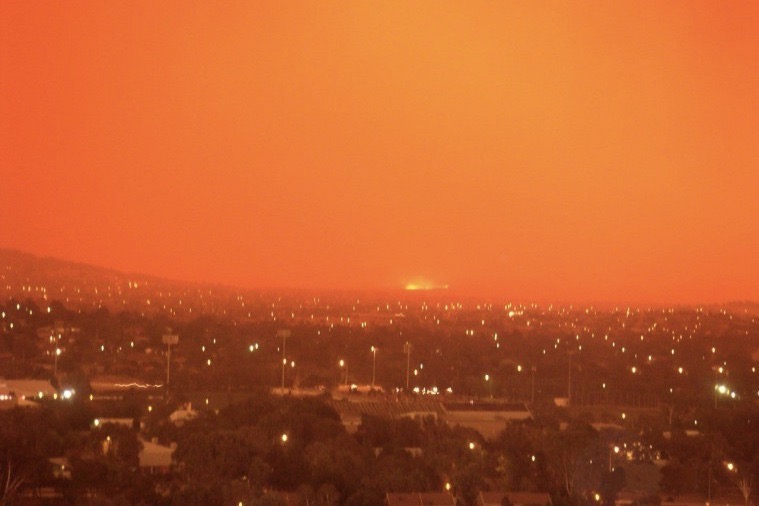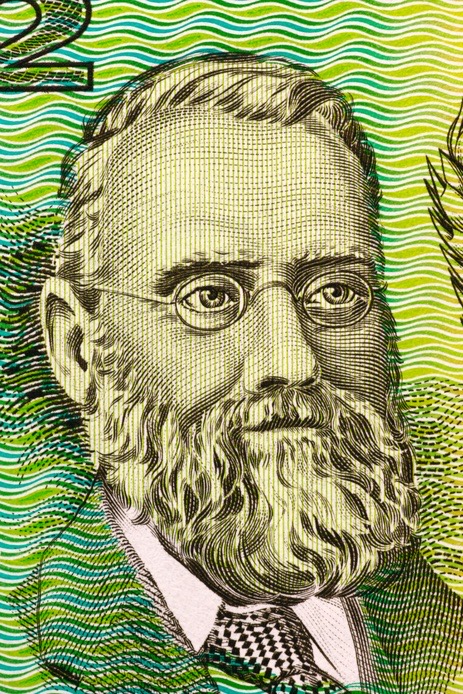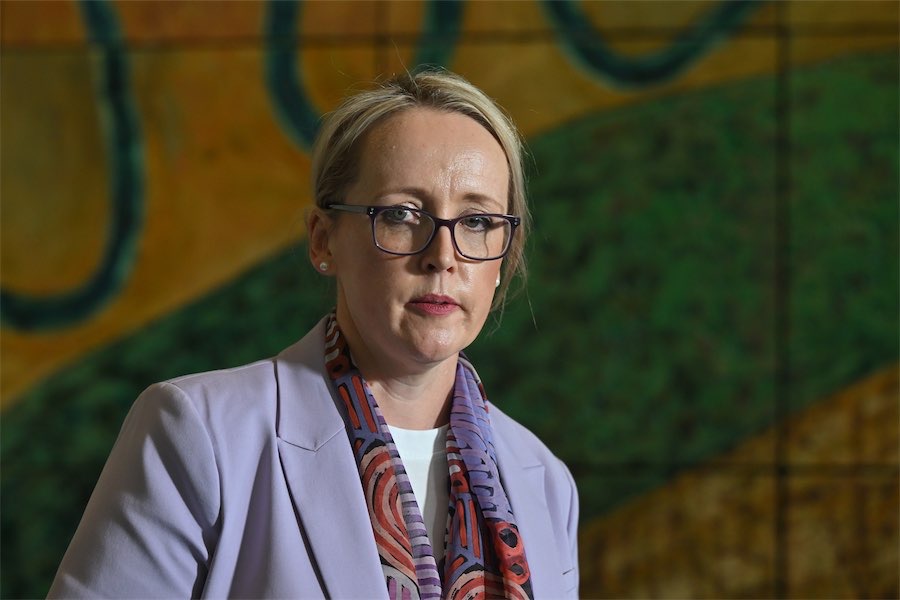
To mark the 30th anniversary of “CityNews”, social historian and journalist NICHOLE OVERALL has written an eclectic history of Canberra and beyond over the past three decades. Here is 2003.

ONE Nation’s Pauline Hanson faces three years prison for electoral fraud; Victorian Labor MP Kirstie Marshall is ejected from Question Time for breast-feeding her newborn; seven are killed in the Waterfall train disaster; and the Iraq War sees Australia ship out 2000 troops amidst thousands protesting.
Earthquakes of varying magnitude have rocked the Canberra region for almost as long as its recorded story – one of the earliest at Queanbeyan in 1850.
Indeed, the 80-kilometre long Lake George fault helped shape its landscape over millions of years.
While there’s been talk a substantial quake (magnitude of 7 or higher) could be a major catastrophe, the rumbling underfoot this time around is a mild 1.4 magnitude (NB: 2012 will register a 3.7 event at Wee Jasper).
Far more seriously, the nation’s capital faces its greatest natural disaster and potentially most physically and emotionally scarring challenge.

For one hundred years, the “Federation Drought” of 1895 to 1903 was considered the most destructive since European settlement. So bad was it, the country faced economic ruin.
A mild-mannered agriculturalist from Tharwa, William Farrer, helped pull us back from the brink, inventing rust and drought-resistant strains of wheat, significantly bolstering production (his contribution acknowledged on a stamp and the original $2 note).
But in 2003, having commenced two years earlier, the “Millennium Drought” is being proclaimed as our worst ever. Much of the regional countryside fulfils the cliche of “tinder dry”.
Locally, hot, humid, windy weather.
Lightning strikes in the high country to the ACT’s south-west ignite it; for the “bush capital”, there’s a heightened risk.
Over more than a week, fires slowly build then roar towards an imaginary and meaningless boundary dividing rural and urban. Fuelled by too much fuel, too little management.
January 18: two fronts merge to form a 25 kilometre wall, propelled by 65 kilometre-an-hour winds. A thunderstorm of conflagration – a “fire tornado”. Unprecedented hence, unpredictable.
Suburbs surrounded. Skies the colour of hell. Night and day are barely distinguishable.
Cooling conditions see it shape-shift to a skerrick of its fury. More quickly than it arrived, its force is sapped.
One stark day, some 500 properties, four losing their lives.

Historic Mt Stromlo Observatory reduced to ruins, environments destroyed, residents hurt and displaced. Still though, they rally. Hearts broken but spirits strong.
Canberra will never quite be the same again.
The full collection of Nichole Overall’s “CityNews” anniversary columns can be seen here.
Who can be trusted?
In a world of spin and confusion, there’s never been a more important time to support independent journalism in Canberra.
If you trust our work online and want to enforce the power of independent voices, I invite you to make a small contribution.
Every dollar of support is invested back into our journalism to help keep citynews.com.au strong and free.
Thank you,
Ian Meikle, editor




Leave a Reply